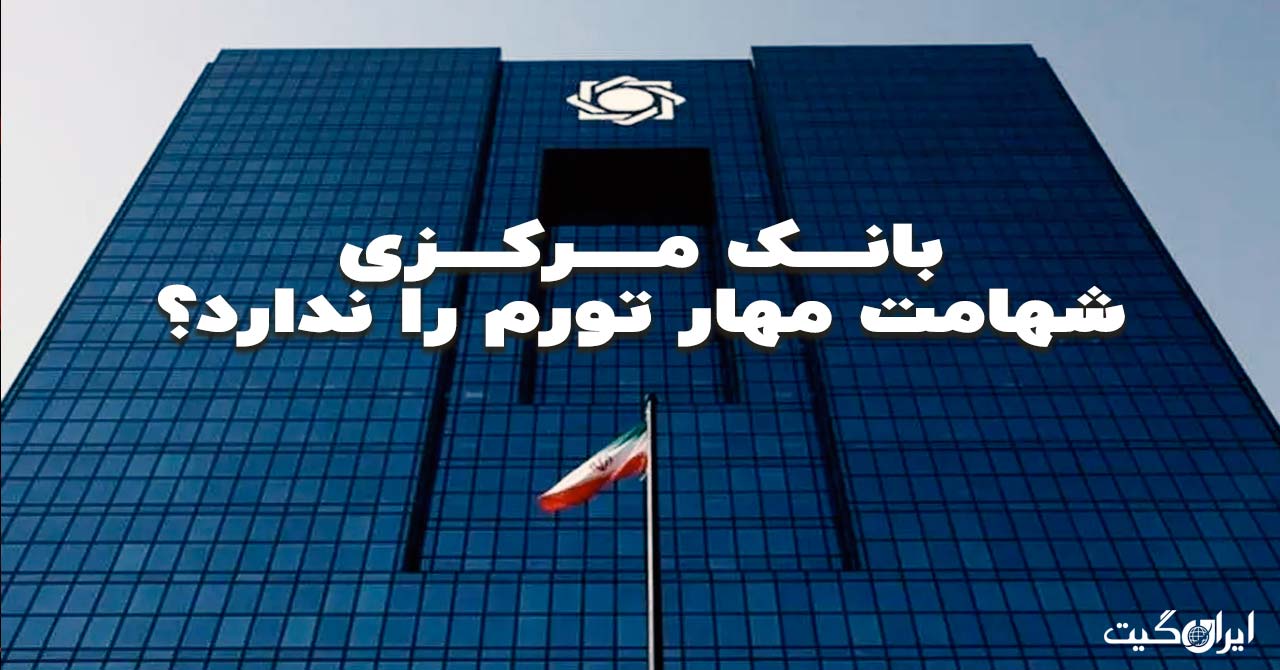The Central Bank lacks the courage to control inflation.
The Central Bank lacks the courage to control inflation. According to Iran Gate, a report was published last week about the increase in bank deposit interest rates up to 20%, which drew reactions from many financial market participants and economic experts. Economists, who have always emphasized the need to use monetary tools to control inflation, now believe that a 2% increase in interest rates will not alleviate the pain of Iran’s economy, which is suffering from chronic inflation of over 40%.
On Sunday, news of a 2% increase in bank deposit interest rates was published, which also led to a reaction and denial by the Central Bank. This reaction occurred despite an announcement with the same content being published on the official website of the Central Bank. Meanwhile, the head of the Supreme Council of Private Banks confirmed this and announced the increase in deposit interest rates from 18% to 20%.
The issue of interest rates and the independence of the Central Bank.
In the first world or developed countries, the Central Bank operates as an institution independent of the government with the aim of preserving the national currency’s value. This independence is clearly manifested in the Central Bank’s use of monetary tools to control inflation rates. However, in Iran, such independence in determining the country’s most important monetary tool is not observed. This tool refers to the interest rate, which economists view as an effective channel for controlling inflation and preserving the national currency’s value.
However, the process of determining interest rates in Iran, due to the extensive and comprehensive government interventions in the main duties of the Central Bank, has practically been removed from the jurisdiction of the Central Bank Governor. In the Monetary and Credit Council, representatives from government and authoritative organizations are present, each with numerous demands. Therefore, the Central Bank Governor, due to his direct appointment by the head of the government, has no choice but to comply with the demands of cabinet members and stakeholders in the use of the interest rate channel.
What is the real rate?
Nevertheless, many believe that the nominal 20% interest rate recently announced by the Central Bank secretly implies a negative deposit rate in Iran’s banking system because the annual inflation rate was recorded at over 40% by the end of autumn, and the interest rate will always lag 20% behind inflation.
Of course, banks have not been idle either. Many tricks have been designed by banks to subtly and unofficially increase deposit interest rates and consequently loan interest rates. Among these tricks is withholding a significant portion of the loan amount in the applicant’s bank account, which effectively acts as a non-withdrawable amount in the customer’s bank account.
In any case, many economists believe that the bank interest rate exceeds 30% and is at least 10% higher than the ceiling announced by the Central Bank. In other words, banks are offering much higher deposit interest rates to attract more deposits. In return, they provide loans to applicants, which, under government pressure, involve a much larger volume, at rates higher than 30% to bridge the deep gap between the interest rate and inflation.
Superficial crackdowns.
Now, the government and the Central Bank announce that they will take serious action against bank branch managers who do not adhere to the interest rate ceiling. Of course, the Central Bank’s desire to legally confront offenders is its inherent right as a supervisory body. However, the issue is that the non-compliance with the interest rate by all branches of private and state banks is not something hidden from anyone.
In fact, the Central Bank and the government intend to decorate the facade of the case in such a way that opponents of the interest rate increase and financial market participants do not rebel. In other words, the Central Bank has superficially locked offenders in a closed room and, with much noise, pretends to be punishing the party that has committed violations.
Beneficiaries and opponents of the interest rate increase outside the room are aware that beyond the wall, there is no real punishment for offenders. However, a kind of synergy or peaceful coexistence has been created between the inhabitants on both sides of the wall because the gap of more than 10% between the nominal and real interest rates has paved the way for the distribution of large rents among the influential. In fact, it can be said that everyone is bound by their own interests, and once again, national interests have been sacrificed for policies that only serve the personal gain of corrupt and destructive governmental and quasi-governmental elements.

